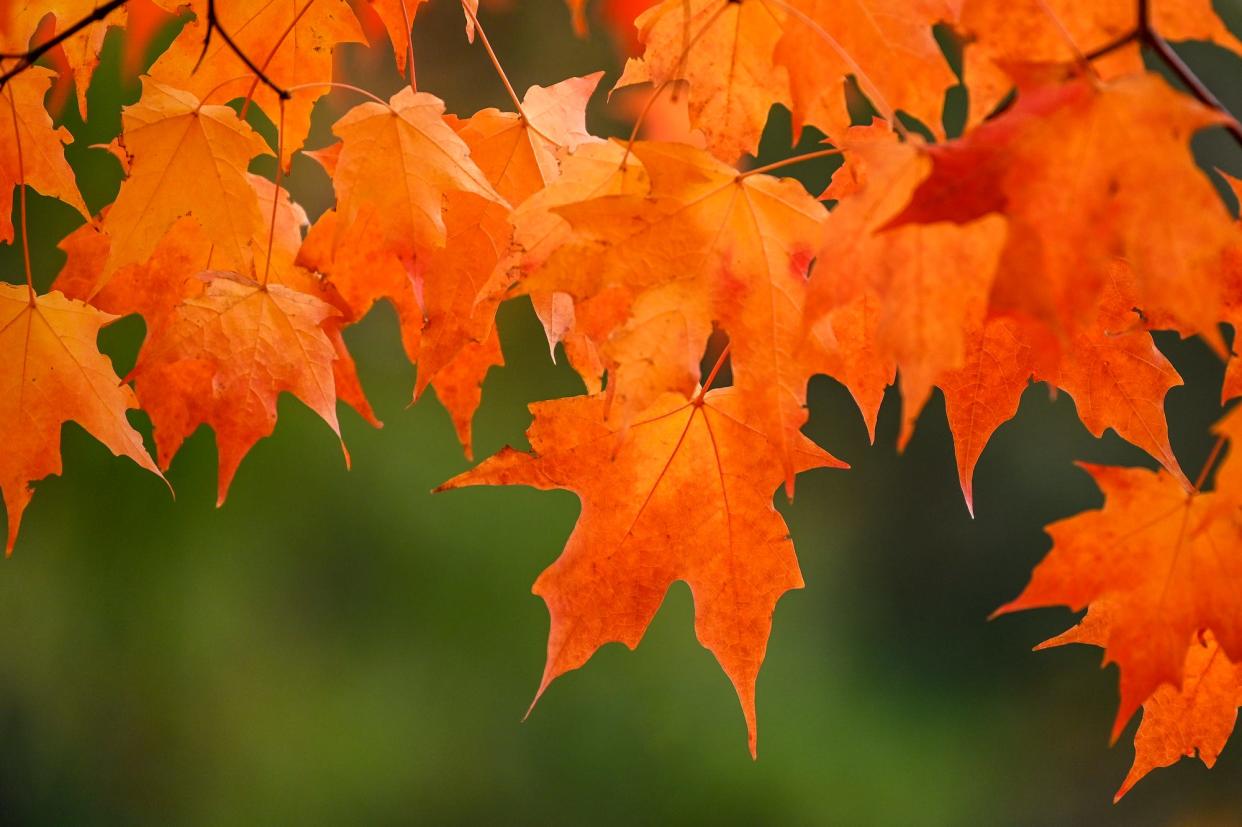Guest Column: Enjoying the tapestry of fall and nature's paintbrush

We look up at the trees and admire nature’s landscape every fall, but have you ever taken a closer look at a leaf and wondered what is causing its changing color? Shorter days and cooler temperatures are obvious catalysts, but thefactors that determine how a single leaf will change are just as remarkable as a fall vista.
Chlorophyll, the substance that plants use to turn light into energy, is responsible for a tree’s green color. As the number of daylight hours decreases from summer to autumn, the amount of chlorophyll production decreases.
During this time, the green color fades, and other pigments present in leaves become more pronounced. These pigments, called carotenoids, are always present in leaves, however, during the long days of summer, they areoverpowered by the green chlorophyll. Carotenoids are responsible for the yellow fall color.
Another pigment, anthocyanin also becomes more pronounced in fall leaves. Anthocyanin is also present in fruits and vegetables such as blueberries and eggplant. Like carotenoids, the change in the sunlight during the fall affectsanthocyanin, lending leaves their red and purple hues. Together the combination of carotenoids and anthocyanin displays a spectrum of fall color.
As the days shorten in the fall, trees ready themselves for winter. The temperature significantly affects the leaves during this time. Cool nights and sunny days are best for fall colors. Cool nights slow the green-producingchlorophyll, while the sun adds to the anthocyanin synthesis, creating the best reds and oranges.
Weather can affect the fall color display in the summer months as well. In a period of extended drought, trees will shed leaves to conserve water. This can lead to a much shorter show of fall color. After a hard frost, weather events such as high wind and heavy rain weaken leaves on branches and cause them to drop sooner.
We may only have a few short weeks to take in the beautiful fall colors before the trees are bare. Though stunning together, each leaf is a phenomenon and one stroke of nature’s paintbrush.
This article originally appeared on Akron Beacon Journal: Guest Column: Enjoying the tapestry of fall and nature's paintbrush

